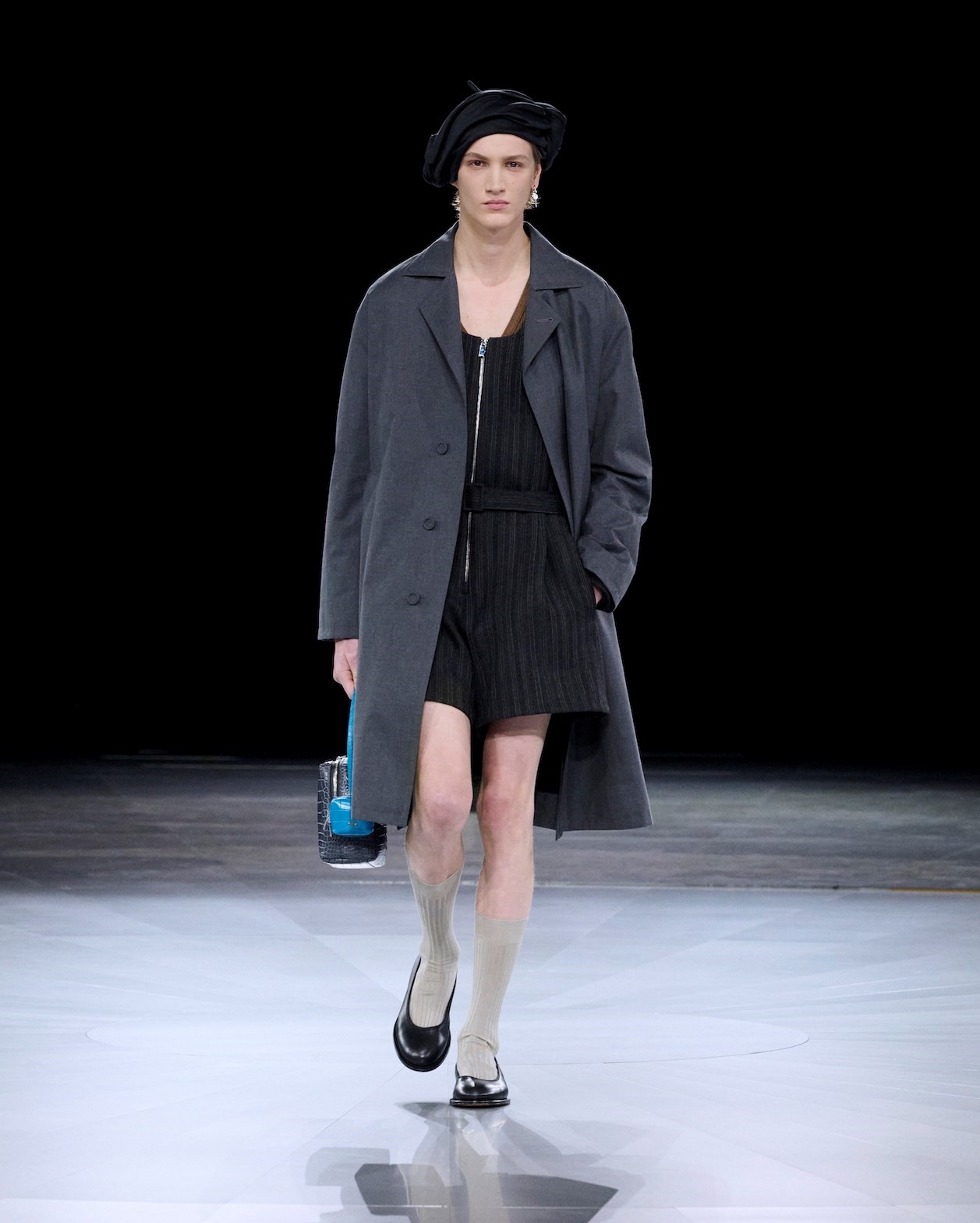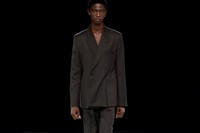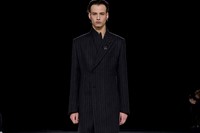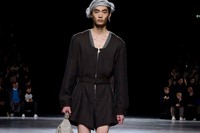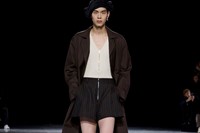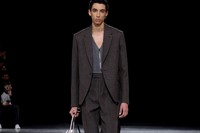In 1965, Colin Jones – an esteemed photo-journalist with a ballet background – was hired to photograph Rudolf Nureyev, relatively newly defected to the west from the then-Soviet Union, and acclaimed by balletomanes as the greatest male dancer in the world. His oft-dance partner was Margot Fonteyn, a well-known and well-dressed client of the couture house of Christian Dior for decades. And the aforementioned Mr Jones is the uncle of Kim Jones, the artistic director of Dior’s menswear line. Kismet much?
To say that this meshing of influences and themes was a gift – to Jones, to Dior, and to fashion enthusiasts the world over – is a truism. We can layer in that Nureyev was a fashion plate within his own lifetime, dressed often by Yves Saint Laurent (Dior’s self-appointed dauphin, don’t forget), and photographed equally often for fashion magazines. Indeed, right now there is a show of Richard Avedon images at the Gagosian gallery in Paris. There’s a Dior dress on display – the one worn by Dovima with her elephants, and designed by Saint Laurent when still Dior’s assistant in 1955 – with a striking Nureyev nude hung nearby.
The coterie of artistic types that orbited Nureyev are echoed in Jones’ own gang – Max Richter reworked Prokofiev’s Romeo and Juliet, the director Baillie Walsh (the mastermind behind ABBA Voyage) helped devise the scenography. And a pas de deux between Nureyev and Fonteyn was echoed in the collection itself, which was part ready-to-wear part haute couture. It wasn’t the first time couture has been proposed pour homme – that honour probably goes to Jean Paul Gaultier, who had multiple men’s looks in his debut couture show in 1997. And Jones himself has peppered his Fendi couture collections with menswear since be began in 2020. He knows there’s a market.
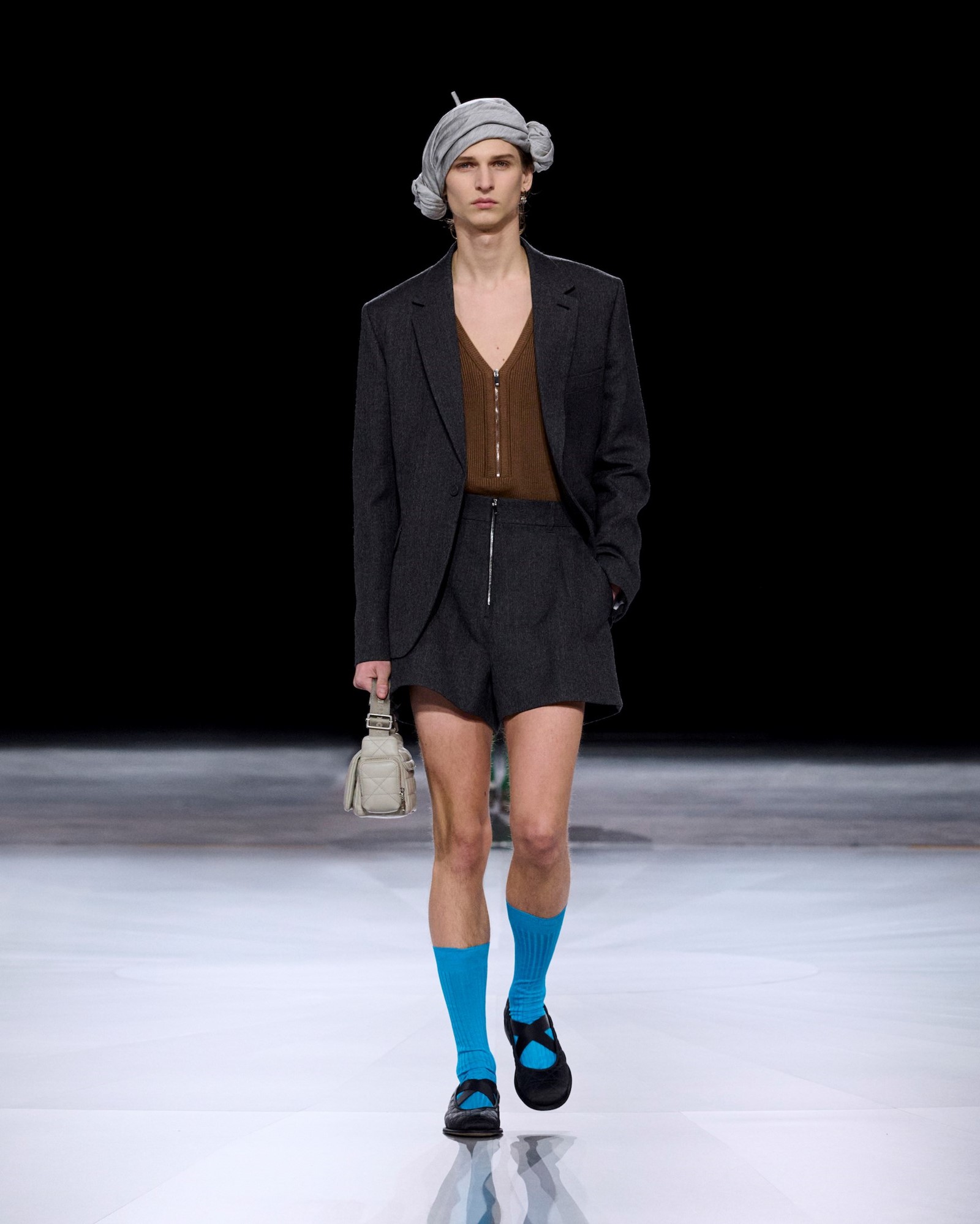
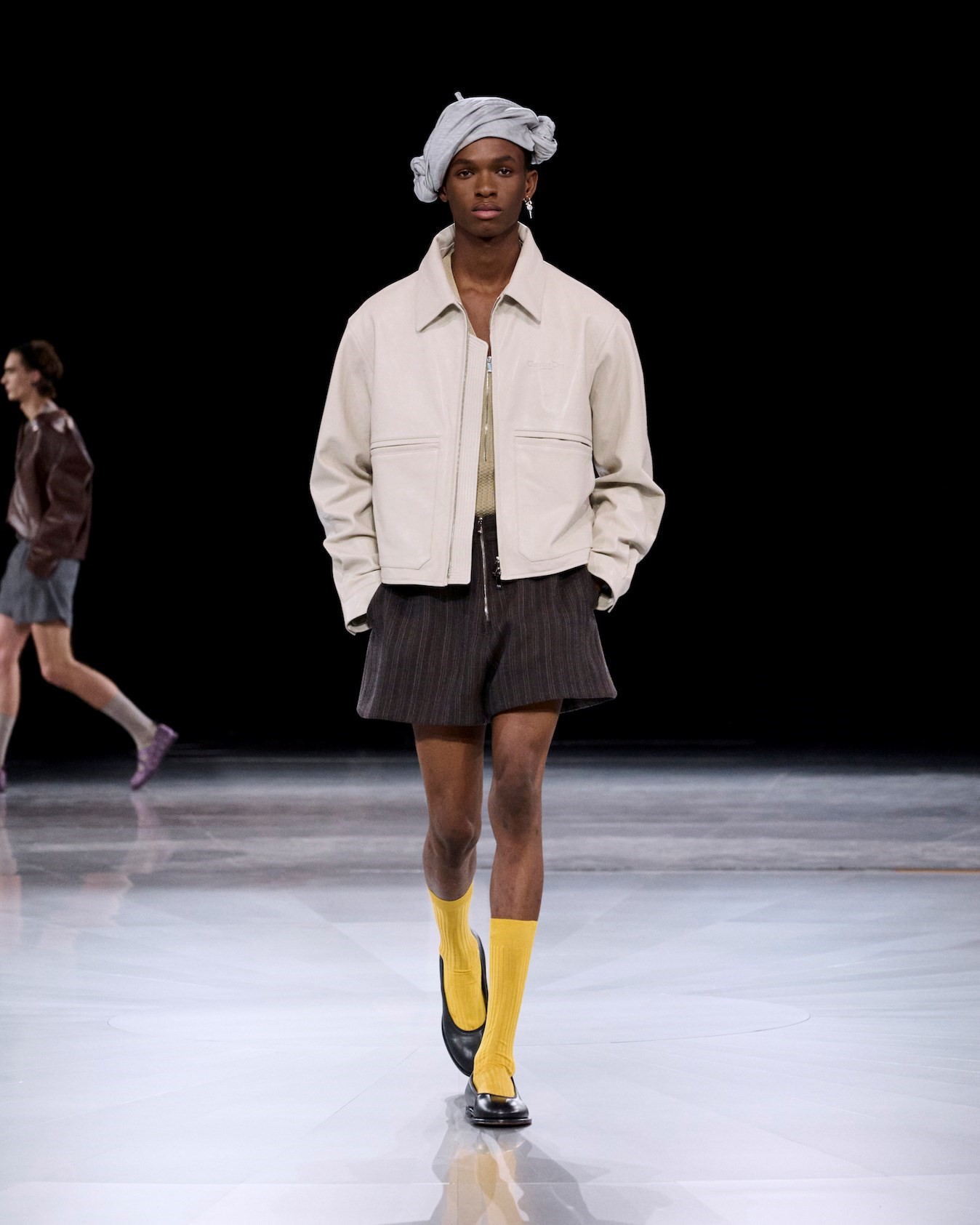
So the collection began with 40 ready-to-wear looks, and climaxed with another 20 echoing their shapes and styles but in the heightened realms of haute couture. Wool jackets were translated to buttery crocodile, coats came banded with cummerbunds of glistening hand-embroidery, and Nureyev’s penchant for kimonos was reflected in hand-woven robes – one took ten people three months to complete. The embroidery from one of Fonteyn’s Dior evening gowns – multicoloured sequins and beads and individual hand-wired petals of gossamer tulle – was applied to a humble boilersuit.
That’s also the genius part of this retelling of the style of Nureyev: the melding of the exquisite and the pragmatic. Because Nureyev’s style was often practical, elegant as it may appear to our eyes. His streamlined attire was built for movement, often with his dance clothes underneath. And the scooped-out necklines and closely-cleaved fabrics of those speak to a whisper of strident masculine sexuality that throbbed under the season’s shows, transmuted here into Dior’s core of tailoring. Jones used the basis of ballet to slice out his menswear, to lighten its structure and flex the clothes around the body, they were dynamic and muscular, keyed to the body’s movement, feet close to the floor in ballet flats and heads extravagantly wrapped in twisted silk jersey berets by Stephen Jones. Even those were expressive of the human form – each was created on the head of every model individually, nuanced and gestured, as unique as the movement patterns of a dancer.
At the end, as the music swelled, Jones’ models soared, raised by a pirouetting platform above our heads – his couture literally elevated above mere mortals. Where it belongs.
